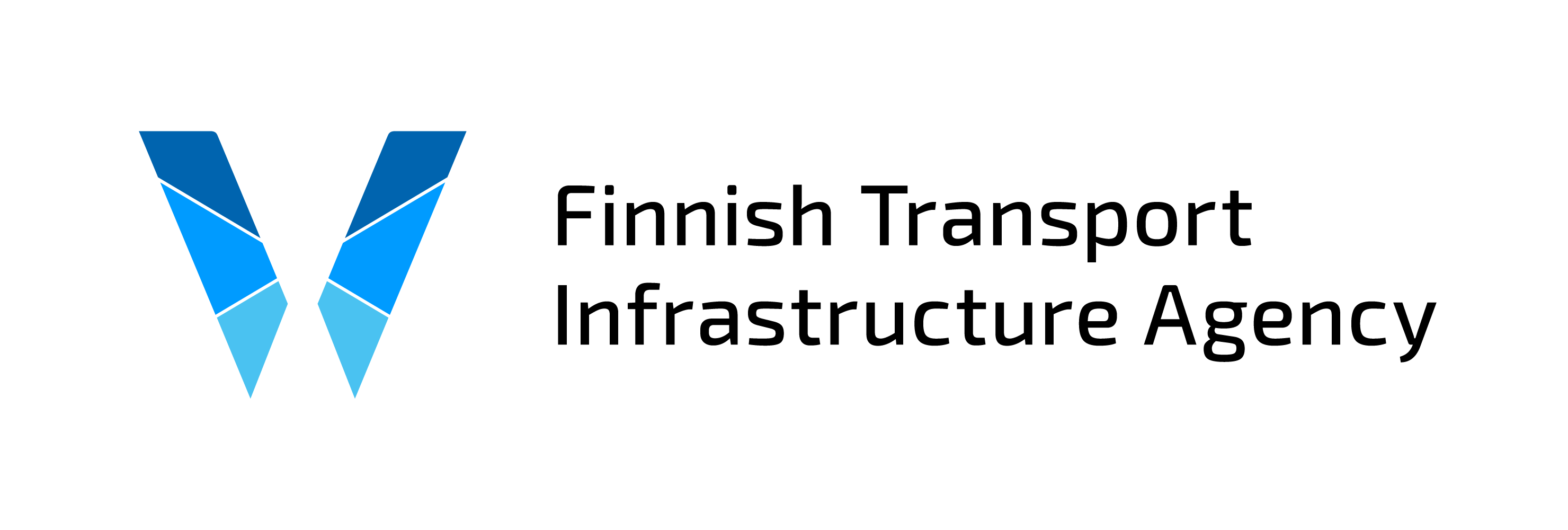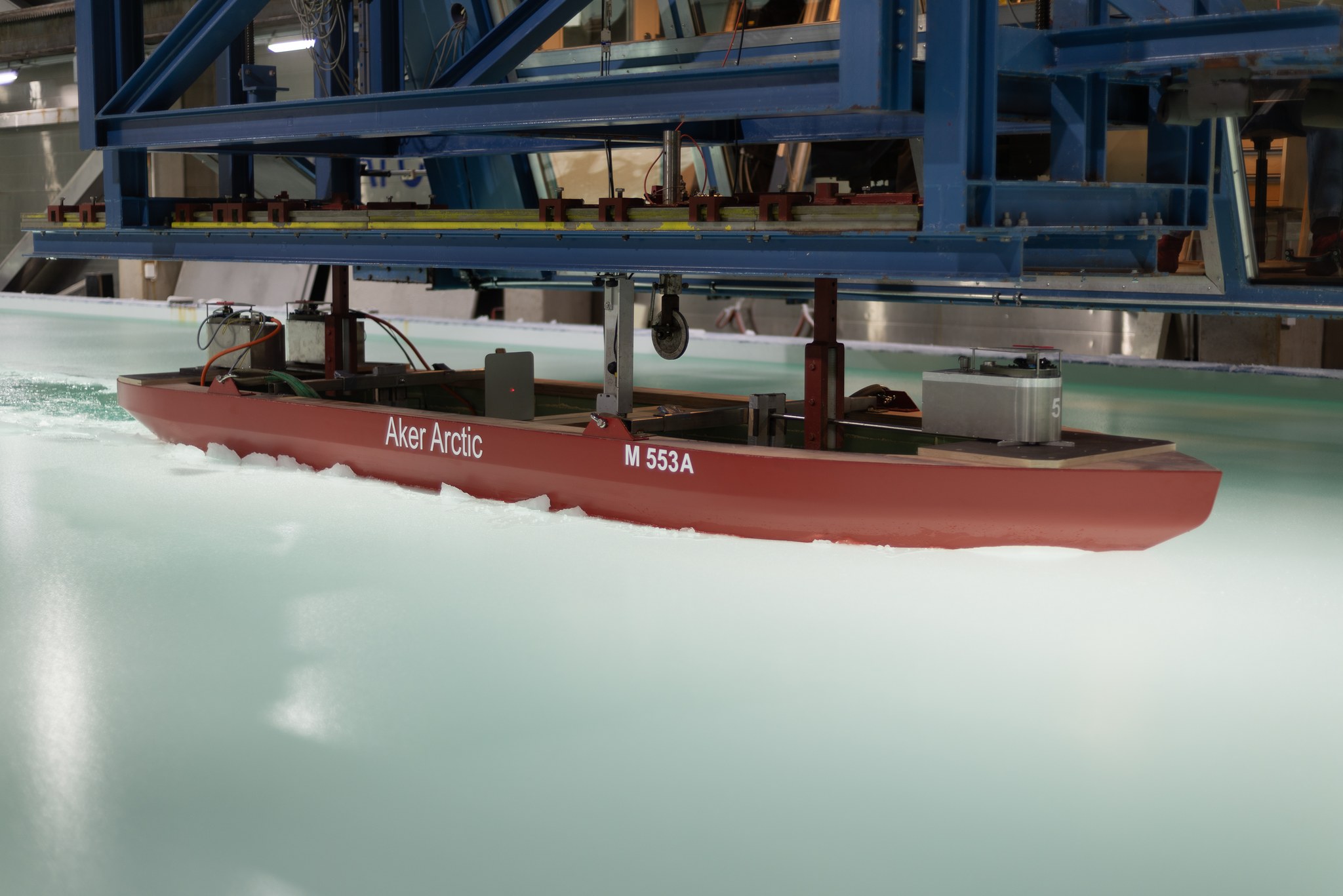The results of the ice model testing will help in predicting the performance that can be expected from a full-size vessel.
The ice model testing which are part of concept design will last approximately six weeks. Aker Arctic is the responsible for the design.
Three different concepts
"We are now comparing three different icebreaker concepts. They differ in their propulsion configurations and, thus, in their performance and costs. The aim is to find the solution that best meets our needs,” says Maritime Specialist Lauri Kuuliala from the Finnish Transport Infrastructure Agency.
For example, the number of propellers and their turning radius ability affects both the vessel’s performance and its long-term maintenance costs. The planned service life of the new vessel is to be approximately 50 years.
Design will continue during and after testing and be completed at the turn of the year. On the basis of concept design, the procurement of a shipyard can later be put out to tender. A shipyard agreement will be concluded in 2026, and the construction of thea new icebreaker could begin in 2027. The FTIA has been granted a sum of EUR 42 million in EU CEF support for its construction.
The replacement for 70-year-old Voima
The last time a new icebreaker was designed was in 2013. This was the Polaris.
The B+ class icebreaker will be slightly smaller than Polaris, and it has not been designed to operate in the most demanding ice conditions, which means that it is located between the large Class A class icebreakers and medium-sized Class B class icebreakers. It will replace Voima, which was built in 1954. The future icebreaker will offer considerably better performance in ice and open waters and have far lower emissions.
“Finland’s icebreaking fleet has lackedlacks a smaller icebreaker and one that is agile in open waters. With climate change, winters are changing, and the largest icebreakers are needed less and less. For this reason, a class B+ class icebreaker is a sound sensible option at this point,” says Helena Orädd, Head of the Maritime Unit.
Partly EU-funded WINMOS projects
The design of the new B+ class icebreaker is part of the partly EU-funded WINMOS III project, which also includes planning construction of a new icebreaker for the Swedish Maritime Administration. The project work is set to continue in a fourth phaseWINMOS project, with funding grant agreement negotiations currently underway and scheduled to be signed by the end of October.
In the earlier WINMOS projects, Polaris was built with EU funding (WINMOS I), and a detachable bow for the Saimaa region was developed (WINMOS II). The WINMOS projects are an example of close cooperation between Finland and Sweden that supports winter navigation throughout the Baltic Sea region. In addition to building icebreakers, the projects also involve valuable research and development of key solutions for the winter navigation system.
The Finnish Transport Infrastructure Agency is responsible for the public office duties and procurement associated with winter navigation, as well as for the national coordination, development, and control operations.
Photo: Aker Arctic.
More information:
Helena Orädd, Head of the Maritime Unit, [email protected]

